101 Chain Vision : A professional knowledge sharer in the fields of blockchain, privacy computing and financial technology.
▲ Click on the second "101 Chain Vision" above to follow the official account
In 2021, the Metaverse has become an explosive concept, and Web 3.0 has quietly stirred up waves in the overseas technology and capital circles.
Some people say that the end of the Internet is the metaverse, but its development will still be a long process, integrating 5G, VR, AR, Internet of Things, cloud computing, big data, blockchain, artificial intelligence and other cutting-edge digital technologies. It needs the support of computing power, algorithm, and hardware technology .
The decentralized technical attributes of the metaverse determine that Web 3.0 will become its base support.
To understand Web 3.0 and what it can bring to us ordinary people, we must first have a certain understanding of the development history of the Internet.
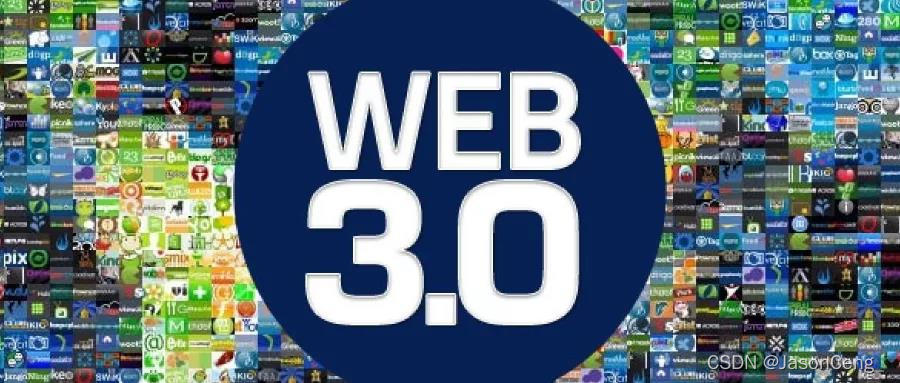
birth of the internet
The Internet began with "ARPANET" (the full name is Advanced Research Projects Agency Network) launched by the US government in 1967. ARPANET was originally a small network of military contractors and universities in which they exchanged data with each other.
The picture below shows the ARPANET in 1967. At that time, there were not many Internet nodes. Each node was one of UC Berkeley, Stanford University, UCLA, University of Michigan, Carnegie Mellon University or MIT. computer nodes.
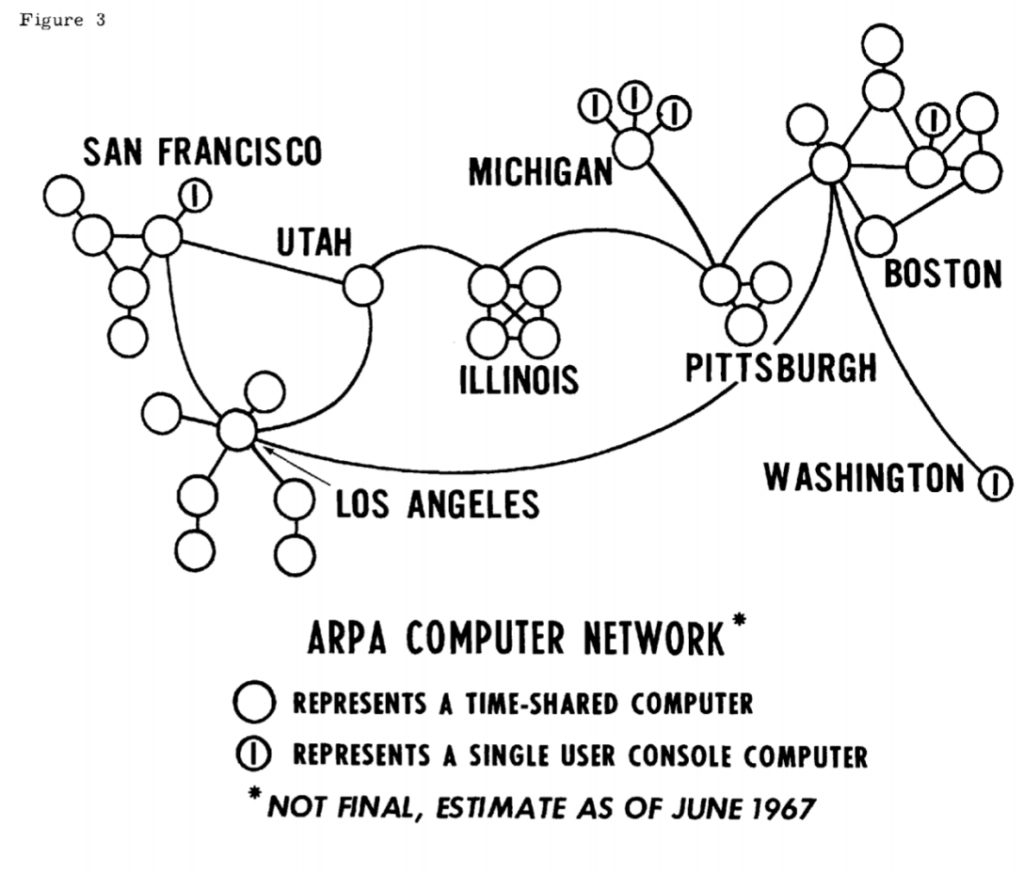
Today, let’s talk about the three major stages of development since the birth of the Internet. At present, it can be roughly divided into three eras: Web 1.0, Web 2.0 and Web 3.0.
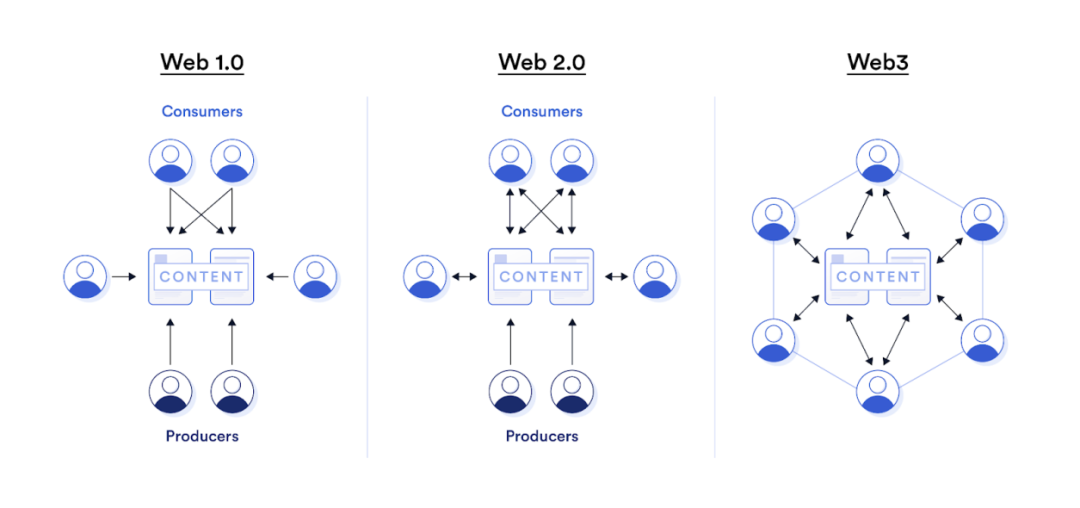
Web 1.0
The first generation of the Internet (Web 1.0) is the PC (Personal Computer) Internet. Since its development in 1994, it has improved the efficiency of global information transmission and lowered the threshold for information acquisition.
The advantage of the first-generation Internet lies in the efficient transmission of information. Therefore, applications such as online news, online search, e-mail, instant messaging, e-commerce, MMS and ringtones, client terminals, and web games became popular, and Internet users were quickly connected.
The Web 1.0 era is an era in which all the heroes are competing for the Internet. The representative companies of this era include Yahoo, Google, Amazon, Sina, Sohu, Netease, Tencent, Baidu, Alibaba, JD.com, etc.
But in the era of Web 1.0, users basically passively accept the content on the Internet, and rarely participate in the construction of the Internet deeply.
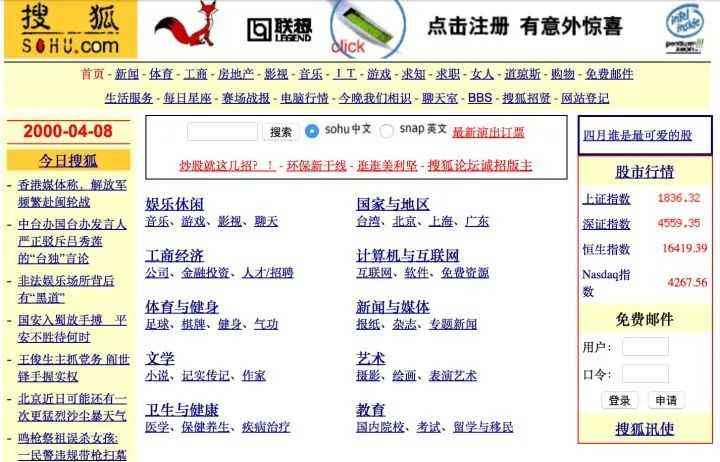
Portal Website in Web 1.0 Era
Web 2.0
The second generation of the Internet (Web 2.0) is the mobile Internet, which kicked off around 2008 and is still brilliant today.
Smartphones have the characteristics of **"always on" and "anytime, anywhere", which makes the mobile Internet an important part of many people's lives.
The concept of "going online" is gradually disappearing at this stage. We live on the Internet all the time, a large number of social relationships have been introduced into the Internet, and more new social relationships have been established.
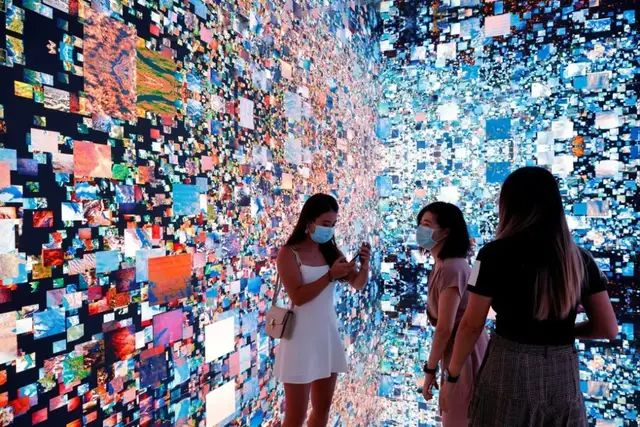
Smartphones have popularized various sensors, accelerated the mapping of the physical world to the Internet for digitalization, and enabled various services on the Internet to be applied to social life. Online (online) and offline (offline) began to interact closely . .
Mobile Internet services such as social networks, O2O services (online to offline services), mobile games, short videos, webcasts, information streaming services, application distribution, and Internet finance have become mainstream.

At this stage, Apple, Facebook, Airbnb, Uber, Xiaomi, ByteDance, Didi, Meituan, Ant Financial, Pinduoduo, and Kuaishou have risen rapidly and become leaders in their respective fields.
In the era of Web 2.0, users can independently create content on the Internet, but traffic entry and profit distribution are controlled by various Internet giants, and privacy and security issues are difficult to guarantee.
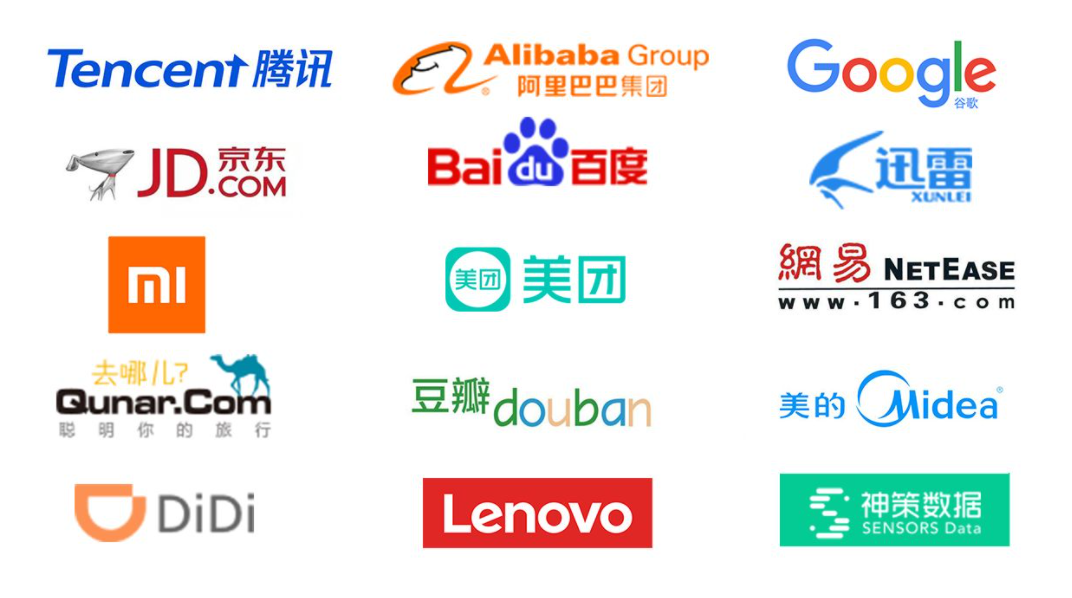
Web 3.0
The third generation Internet (Web 3.0) will be a decentralized Internet, aiming to create a new contract system and subvert the way individuals and institutions reach agreements.
Web 3.0 reproduces the decentralized infrastructure of the first version of the Internet (i.e. Web 1.0). Web 1.0 is characterized by users setting up their own blog sites and RSS feeds. On this basis, Web 3.0 also combines the rich interactive features of Web 2.0. Experiences, such as social media platforms.
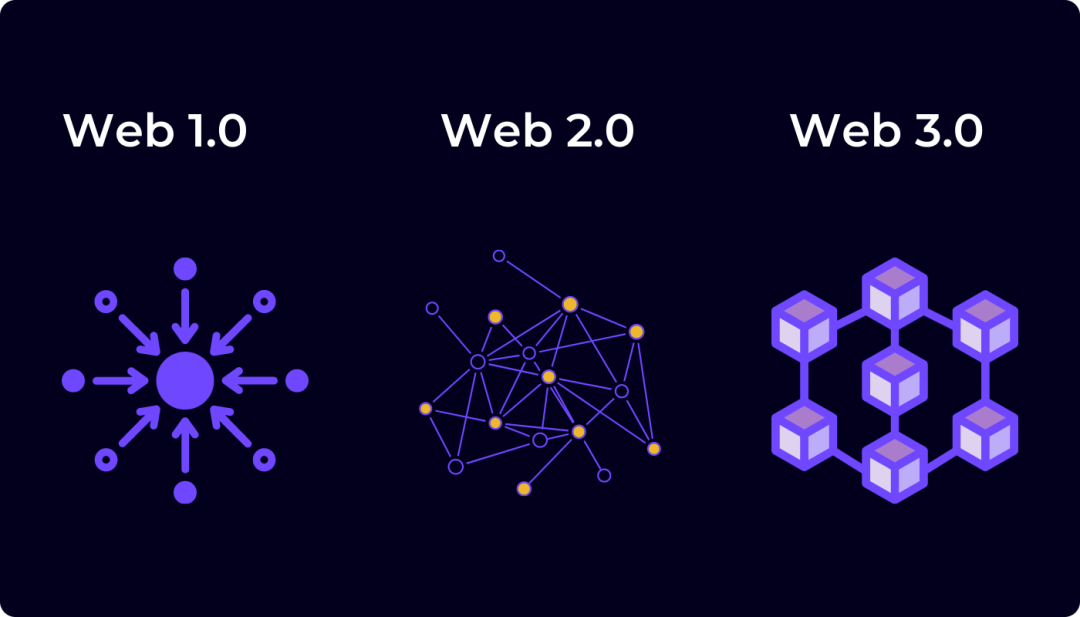
The combination of Web 1.0 and Web 2.0 forms the digital ecology of Web3, in which users can truly own their own data, and transactions are guaranteed by encryption technology.
Users no longer need to trust brand endorsements, but can rely on certain software code logic to strictly enforce the agreement.
In the future we will see an Internet different from Web 1.0 and 2.0:
-
Blockchain makes data an asset
-
Smart contracts create a programmable smart economic system
-
Artificial intelligence builds a global intelligent brain and creates "digital people"
-
The Internet of Things enables the extensive mapping of real objects in the physical world to the digital space
-
AR realizes the superposition of the digital world and the physical world
-
5G network, cloud computing, and edge computing will build a more magnificent new digital space
At this stage of development, a series of new "killer applications" will also appear, and a group of great new economic organizations will be born instead of monopoly giants.
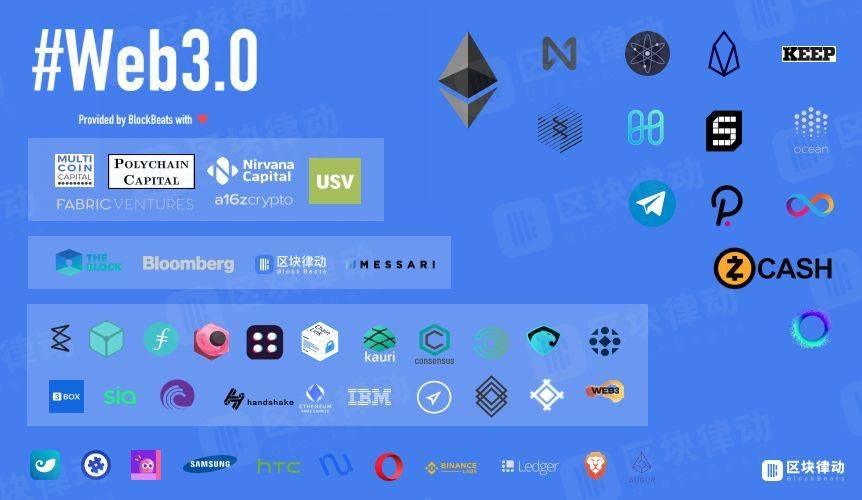
In the era of Web3.0, users will become the real creators and builders of the Internet, and the data information and data assets created by users will belong to themselves.
In other words, as the design and vision of the next-generation Internet, Web 3.0 will be a more open, fair and secure network.
The network form of Web 3.0 is not a simple upgrade of the current Web 2.0. The core problem it needs to solve is mainly the distribution of platform benefits. Every individual participating in Web 3.0 will enjoy their own dividends.
This article briefly introduces the past and present of the Internet: Web 1.0, 2.0, and 3.0. In the future, we will continue to popularize Web 3.0 related concepts, core technologies and its role for us, so stay tuned!
Recommended reading:
1. "Blockchain is the Trusted Infrastructure for Building the Industrial Internet"
2. "Privacy Computing Layout Thinking"
3. Reading | "Data Asset Theory": How to capitalize data?
Those who see the future ahead of time are destined to have completely different fates
than those who spend their entire lives unable to see clearly.
Click the card below to follow the 101 Chain Vision, and join 1000+ readers
Insight into the essence of technology

101 chain vision
Professional knowledge sharer in the fields of blockchain, privacy computing and financial technology.
▲ Click on the card above to follow the 101 chain horizon and gain insight into the essence of technology
Technical Exchange | Industry Research Report | Frontier Insights| Reprint Opening|Join the Community
Please reply and cooperate in the background of the official account
Welcome to share the article to the circle of friends